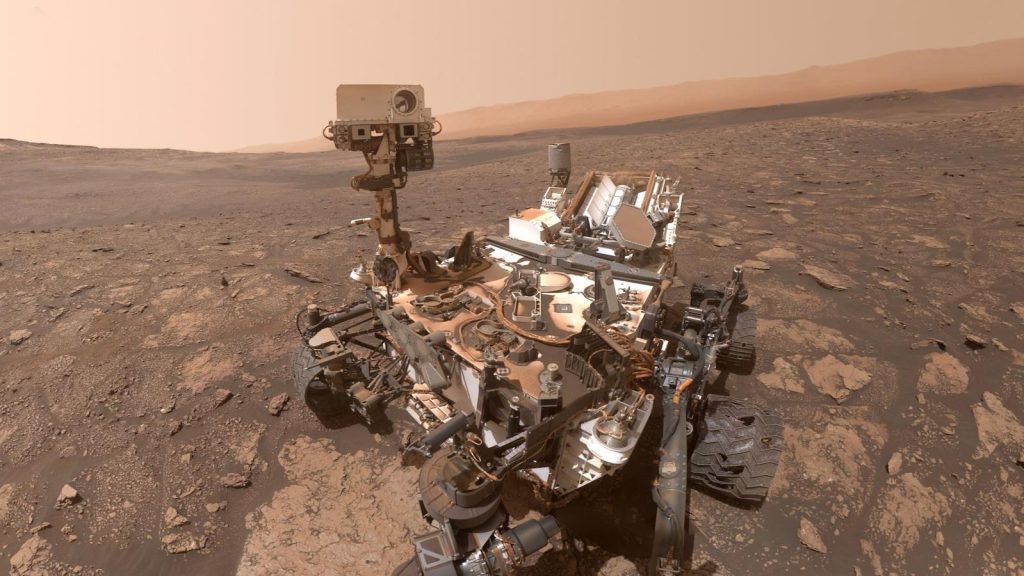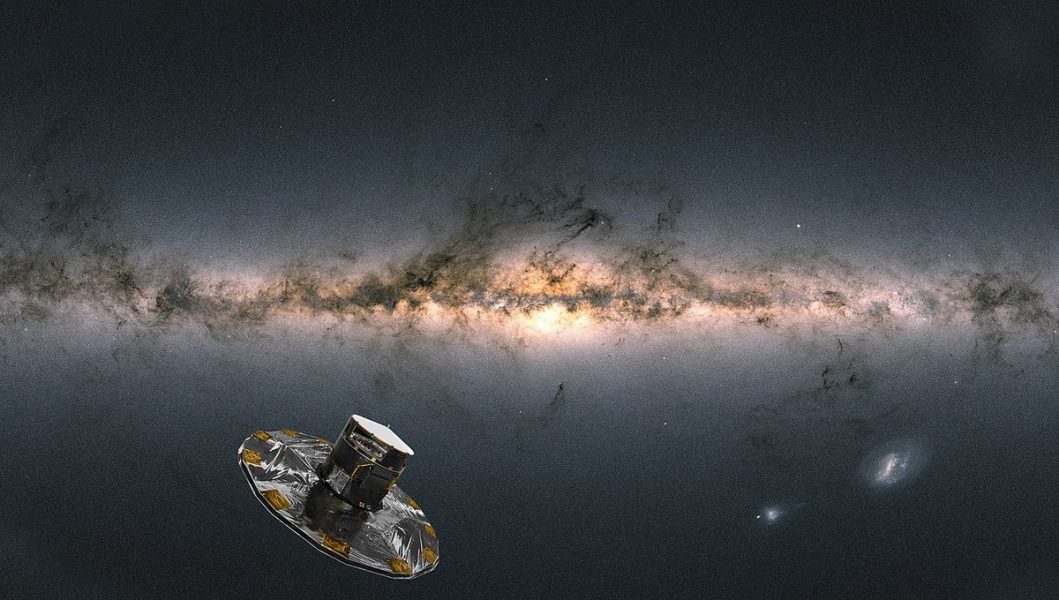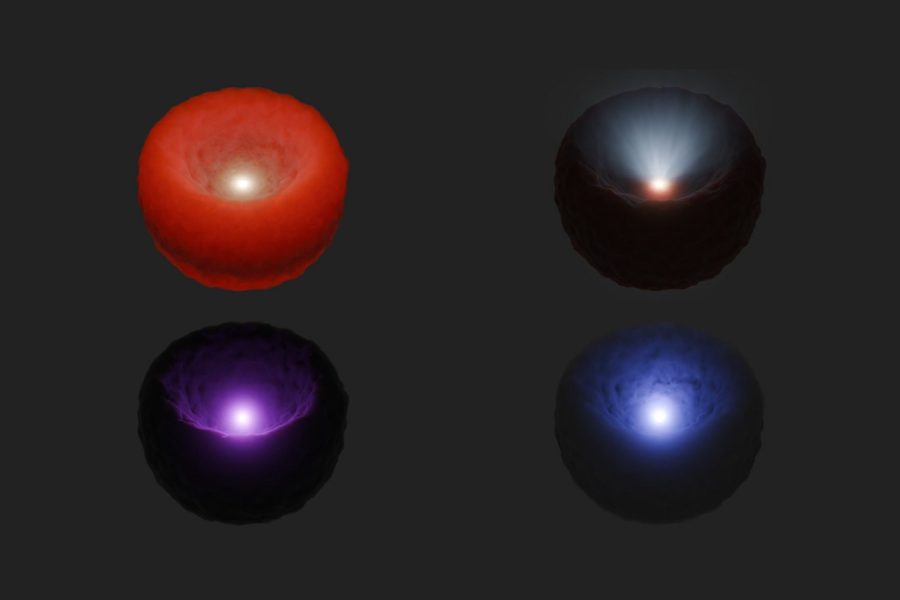See Ethereal Night-Shining Clouds Decorate The Mars Sky – Forbes

NASA’s Curiosity rover captured this Mars selfie in 2020.Future human explorers on Mars may one day gaze at the red planet’s clouds. These aren’t the big puffy mounds of cotton candy like you might find on Earth. Mars clouds have wispy features, more like a gauzy veil than a fluffy sheep. NASA’s Curiosity Mars rover has been skygazing recently and spotted a lovely example of Martian clouds.Noctilucent clouds shimmer above a hill on Mars in this image from the Curiosity rover from late … [+] December.The image comes from Dec. 23. The rover snapped multiple pictures of clouds that day. The Curiosity team highlighted one shot in a mission update on Jan. 8. The view shows a rocky hill with filmy, almost fog-like clouds above. These are noctilucent (night-shining) clouds. “Even though the sun has set in Gale Crater, the clouds are high enough in the atmosphere that the sun still shines on them, making them seem to almost glow in the sky,” wrote Alex Innanen, a York University atmospheric scientist, in the update.Curiosity used one of its navigation cameras to snap the clouds. These cameras are mounted on the rover’s “head” and help the wheeled explorer scope out terrain to assist with driving. They’re also used to capture panoramic views and the occasional selfie.The Curiosity Mars rover captured iridescent mother-of-pearl clouds in 2021. Mars clouds are typically made of water-ice or frozen carbon dioxide, also known as dry ice. Curiosity has been observing these clouds for several years. While black-and-white photos emphasize the texture of the clouds, Curiosity has also taken color images with its Mast Camera showing multi-hued mother-of-pearl formations.NASA has also spotted Mars clouds from above. The agency launched a citizen-scientist project in October calling for volunteers to identify clouds in images captured by the MAVEN spacecraft.Clouds on Mars vary seasonally. It’s currently autumn—a perfect time of year for cloudspotting—where Curiosity is in the Gale Crater. Mars marked its own New Year on Nov. 12. Days and years on Mars are a little different than on Earth. Scientists refer to a day on Mars as a “sol.” One sol is roughly 24 hours and 39 minutes long. A Mars year works out to about 687 Earth days or 668 sols. The next new Martian year won’t come around until Sept. 30, 2026.Curiosity snapped a few views of night-shining clouds over the Gale Crater on Mars on Dec. 23.Cloud pictures are pretty, but they also have scientific value. “Studying clouds helps us to understand the atmosphere and how the water cycle works on Mars today, such as how water vapor is transported by the atmospheric circulation and how temperatures and water abundances vary with height,” NASA said in a statement about Perseverance rover cloud imagery from the Jezero Crater in early 2023.Curiosity has been exploring Gale Crater and the base of the large central mountain, Mount Sharp, since 2012. Its main mission is to determine if Mars was ever able to support microbial life. The long-lived rover is still going strong and has driven over 20 miles in its lifetime. NASA makes raw images available to the public so you can follow Curiosity’s adventures through a constant stream of Mars postcards. Keep an eye out for more clouds as the rover turns its eyes to the sky during the cloudy season.One Community. Many Voices. Create a free account to share your thoughts. Our community is about connecting people through open and thoughtful conversations. We want our readers to share their views and exchange ideas and facts in a safe space.In order to do so, please follow the posting rules in our site’s Terms of Service. We’ve summarized some of those key rules below. Simply put, keep it civil.Your post will be rejected if we notice that it seems to contain:User accounts will be blocked if we notice or believe that users are engaged in:So, how can you be a power user?Thanks for reading our community guidelines. Please read the full list of posting rules found in our site’s Terms of Service.





